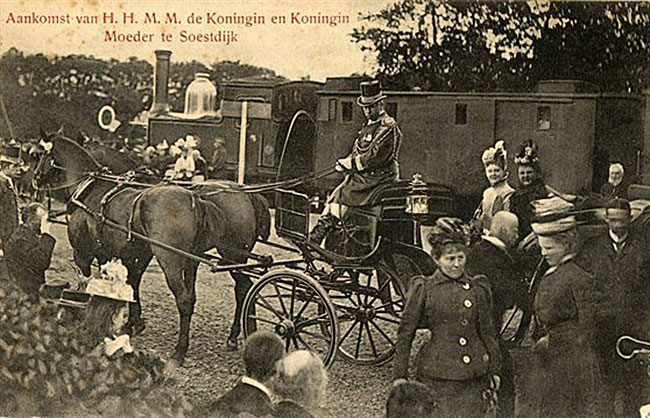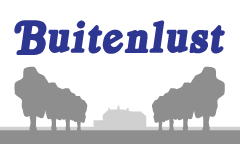Buitenlust

Buitenlust has been inspired by the old NCS branch line from Utrecht to Baarn via Soest. The railway through Soest was built as a light local railway by the Nederlandsche Centraal Spoorweg Maatschappij (Dutch Central Railway Company, NCS). The NCS had several of these local railways in the middle of The Netherlands. The Soest branch line has always been a single track railway. There are bnly a few stations on this short line: Soest-Zuid, Soest, Soestdijk and Baarn. Only the station at Soest has two tracks. The train from Utrecht will wait here for the train from Baarn to pass before it continues to Baarn.
The railway was opened on 27th June 1898 and it was electrified in 1948. It is the only light local railway in the province of Utrecht that has overhead wires and it is the only one that is still in service today. Originally, the NCS had its own station in Baarn. It was close to today’s station, which was owned by competitor HSM at the time. The NCS station was closed in 1948 and passenger trains stop at the main station in Baarn since then. The old NCS station has been preserved. It is now restaurant De Generaal.

Between Eem and Eng
The line curves around the sandy hill on which the town of Soest has been built, called the Eng. It continues through the valley (actually a polder) of the Eem river towards Baarn. The Eng is a leftover from the last ice age. The ice from the north-pole was pushed all the way to here, leaving a big pile of sand. Soest was built along the edge.
The Eem river runs from Amersfoort via Soest and Baarn to the IJsselmeer, the big central lake of Holland. The railway passes through the forest and several sand drifts near Soest, which is pretty unique for The Netherlands. Near Baarn, the landscape changes into a flat polder. The changing scenery makes this branch line a really interesting setting for a model railway.
Until the 19th century, the Soest area was remote and desolate. That changed completely when the railway was built. The rich and famous soon discovered Soest as an excellent place to spend their time off. Many of them had beautiful villas built. Baarn, Soest and other towns changed from poor farmers’ villages to fashionable towns almost overnight. You can still see a lot of these villas when you drive through the area today.

Royal passengers
As you might know, the Duth royal family has been living in this area for a long time. Soestdijk Palace and Drakestijn Castle (private property of former queen Beatrix) are very close to the railway line. Soestdijk even has its own station. The royal family used to travel by train occasionally in the old days. At Baarn and Soestdijk were special royal waiting rooms. At Soestdijk a special roof was built over the platform, so the queen could get into the awaiting train without getting wet. Soestdijk must the smallest station in the world with a royal waiting room.
The little railway saw an impressive amount of goods traffic. At Soest station alone were several coal merchants and cattle ramps with their own sidings. Various companies had warehouses and workshops at Baarn station. Just about everything was transported by the local railway, but it never saw really long goods trains. It was after all, only a light local railway.

The scale model
The layout is not intended to be an exact copy of the real situation. The stations and the landscape come close to the prototype, but parts of the plan are fictional. Buitenlust tries to paint the picture of the old Dutch local railways. It is a country setting with small trains and a relaxed timetable.
Buitenlust is set in the late 50’s, early 60’s. In reality, the single track through Soest had long been electrified by then. The old NCS station at Baarn was no longer used for passenger trains, but continued to serve goods trains until the tracks were finally taken up in the late 70’s.
At Buitenlust I have given reality a twist at this point. The branch line is not electrified yet and the NCS station is still being used by passenger trains, operated by diesel engines. This was actually the case at many other branch lines in Holland at the time.

Soest and Baarn NCS
Of course, you can't model a complete branch line, especially if you're working in O gauge. Buitenlust features two stations of the line: Baarn NCS and Soest. The layouts of both stations have been shortened and are a bit simplified. Despite the limitations of space, I try to work to the original drawings and photographs as much as possible. The buildings are made by laser cutting sheets of MDF. Supporting walls and roofs are made from foamboard. I also use 3D printing and etching techniques to create the parts I need.
Follow the progress of Buitenlust in the building report.
More information about the Utrecht-Soest-Baarn line can be found on Nico Spilt's website.
